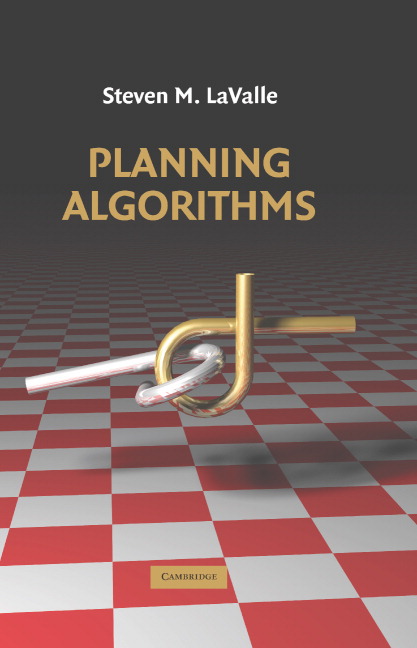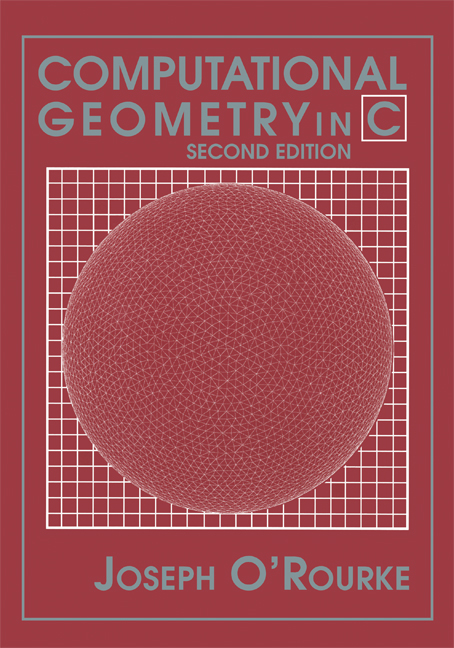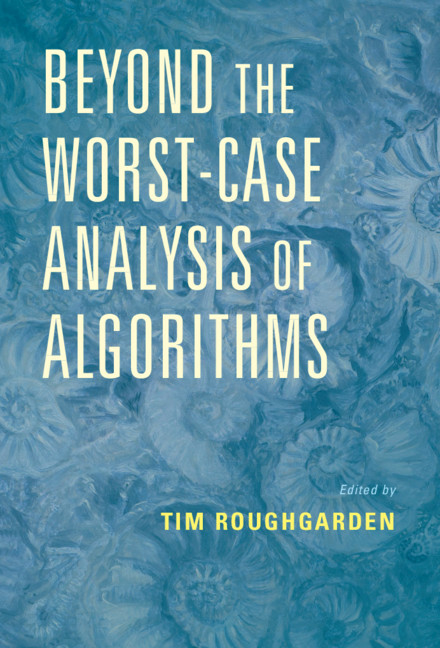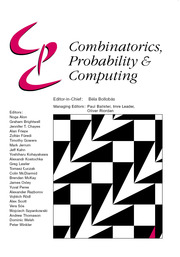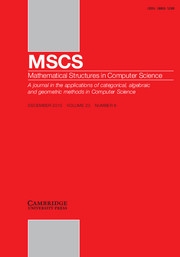Planning Algorithms
Planning algorithms are impacting technical disciplines and industries around the world, including robotics, computer-aided design, manufacturing, computer graphics, aerospace applications, drug design, and protein folding. This coherent and comprehensive book unifies material from several sources, including robotics, control theory, artificial intelligence, and algorithms. The treatment is centered on robot motion planning, but integrates material on planning in discrete spaces. A major part of the book is devoted to planning under uncertainty, including decision theory, Markov decision processes, and information spaces, which are the 'configuration spaces' of all sensor-based planning problems. The last part of the book delves into planning under differential constraints that arise when automating the motions of virtually any mechanical system. This text and reference is intended for students, engineers, and researchers in robotics, artificial intelligence, and control theory as well as computer graphics, algorithms, and computational biology.
- The first broad unification of planning-related topics, drawn together under a clearly explained mathematical framework
- Emphasizes the powerful concept of information spaces, critical in the development of better robotic systems
- Clear explanations of difficult technical concepts, making it accessible to the broadest audience possible
Reviews & endorsements
"Motion planning is an important field of research with applications in such diverse terrains as robotics, molecular modeling, virtual environments, and games. Over the past two decades a huge number of techniques have been developed, all with their merits and shortcomings. The book by Steve LaValle gives an excellent overview of the current state of the art in the field. It should lie on the desk of everybody that is involved in motion planning research or the use of motion planning in applications."
Professor Mark Overmars, Utrecht University
"A great book at the junction where Robotics, Artificial Intelligence, and Control are crossing their paths. For many problems you will find in-depth discussion and algorithms; for virtually all others in the field, an intriguing introduction to make you at ease and entice you to further probing the matter."
Professor Antonio Bicchi, della Università di Pisa
"The book is a successful integration of algorithms developed in various fields into a comprehensive and well-updated reference and educational book."
Valentin A. Nepomnyashchikh
Product details
May 2006Hardback
9780521862059
844 pages
262 × 182 × 43 mm
1.59kg
304 exercises
Available
Table of Contents
- Part I. Introductory Material:
- 1. Introduction
- 2. Discrete planning
- Part II. Motion Planning:
- 3. Geometric representations and transformations
- 4. The configuration space
- 5. Sampling-based motion planning
- 6. Combinatorial motion planning
- 7. Extensions of basic motion planning
- 8. Feedback motion planning
- Part III. Decision-Theoretic Planning:
- 9. Basic decision theory
- 10. Sequential decision theory
- 11. Information spaces
- 12. Planning under sensing uncertainty
- Part IV. Planning Under Differential Constraints:
- 13. Differential models
- 14. Sampling-based planning under differential constraints
- 15. System theory and analytical techniques.

